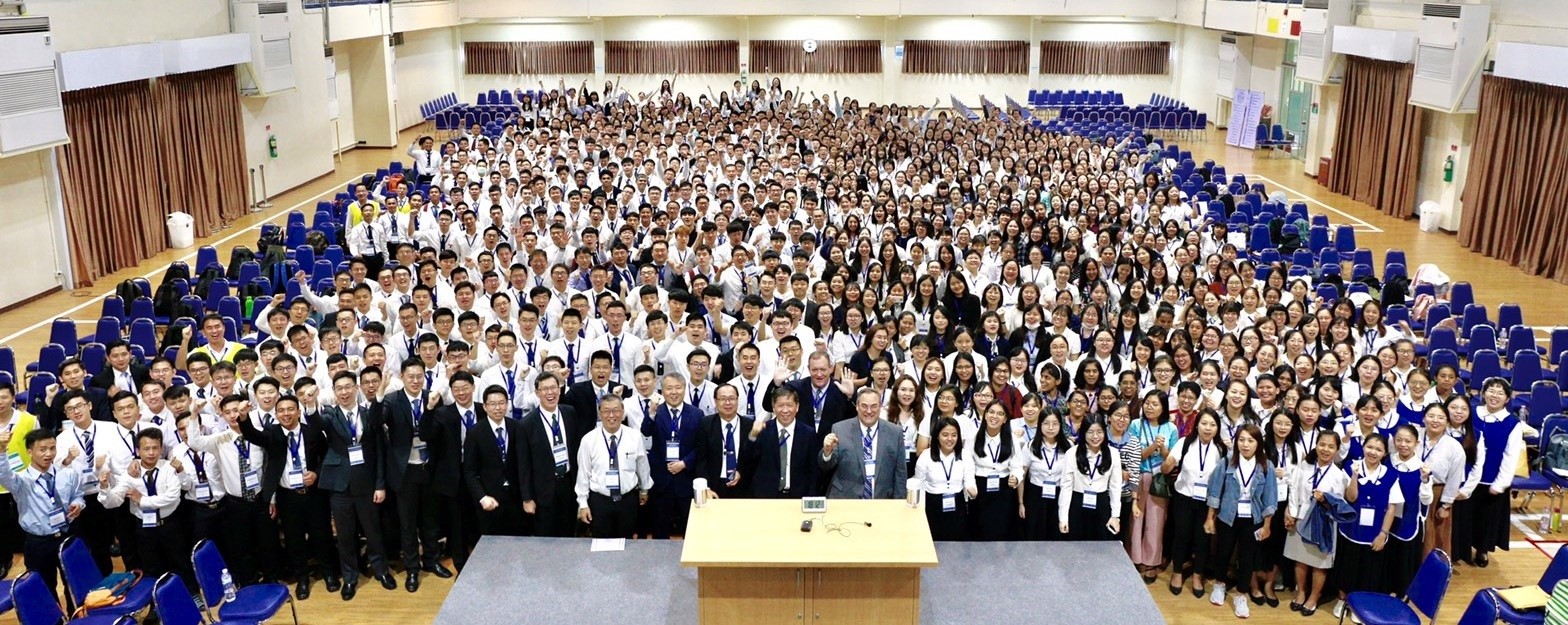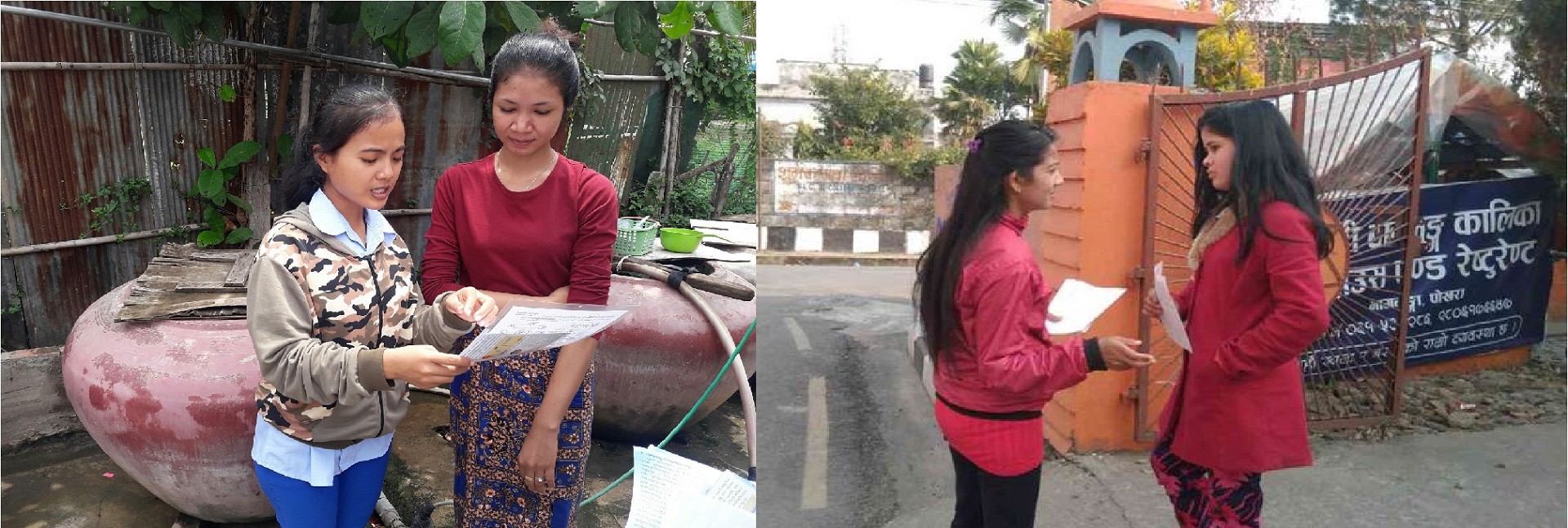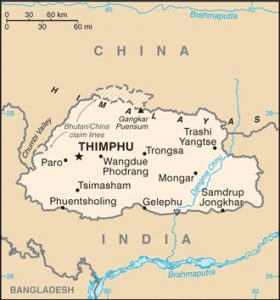Bhutan
Background:
Britain and Bhutan signed the Treaty of Sinchulu, under which Bhutan would receive an annual subsidy in exchange for ceding land to British India. Ugyen WANGCHUCK was named king in 1907. Three years later, a treaty was signed whereby the British agreed not to interfere in Bhutanese internal affairs, and Bhutan allowed Britain to direct its foreign affairs. Bhutan negotiated a similar arrangement with independent India in 1949. The Indo-Bhutanese Treaty of Friendship returned to Bhutan a small piece of the territory annexed by the British, formalized the annual subsidies the country received, and defined India’s responsibilities in defense and foreign relations. Bhutan joined the UN in 1971. In 2008, Bhutan held its first parliamentary election in accordance with the constitution. Bhutan experienced a peaceful turnover of power following a parliamentary election in 2013, which resulted in the defeat of the incumbent party. In 2018, the incumbent party again lost the parliamentary election.
Location:
Southern Asia, between China and India
Area:
38,394 sq km
Climate:
Varies; tropical in southern plains; cool winters and hot summers in central valleys; severe winters and cool summers in Himalayas
Ethnic groups:
Ngalop (also known as Bhote) 50%, ethnic Nepali 35% (predominantly Lhotshampas), indigenous or migrant tribes 15%
Languages:
Sharchhopka 28%, Dzongkha (official) 24%, Lhotshamkha 22%, other 26% (includes foreign languages) (2005 est.)
Religions:
Lamaistic Buddhist 75.3%, Indian- and Nepali-influenced Hinduism 22.1%, other 2.6% (2005 est.)
Population:
782,318 (July 2020 est.)
Country comparison to the world: 165
Age structure:
Government type:
Constitutional monarchy
Capital:
Thimphu
Time difference:
UTC+6 (11 hours ahead of Washington, DC, during Standard Time)
Independence:
17 December 1907 (became a unified kingdom under its first hereditary king); 8 August 1949 (Treaty of Friendship with India maintains Bhutanese independence)
Economy – overview:
Bhutan’s small economy is based largely on hydropower, agriculture, and forestry, which provide the main livelihood for more than half the population. Industrial production is primarily of the cottage industry type. The economy is closely aligned with India’s and is dependent on India for financial assistance and migrant laborers for development projects. Multilateral development organizations administer most educational, social, and environment programs, and take into account the government’s desire to protect the country’s environment and cultural traditions. Complicated controls and uncertain policies in areas such as industrial licensing, trade, labor, and finance continue to hamper foreign investment.
Bhutan’s largest export – hydropower to India – could spur sustainable growth in the coming years if Bhutan resolves chronic delays in construction. Bhutan’s hydropower exports comprise 40% of total exports and 25% of the government’s total revenue. The high volume of imported materials to build hydropower plants has expanded Bhutan’s trade and current account deficits. Bhutan also signed a memorandum of understanding with Bangladesh and India in July 2017 to jointly construct a new hydropower plant for exporting electricity to Bangladesh.
GDP (purchasing power parity):
$7.205 billion (2017 est.)
GDP – per capita (PPP):
$9,000 (2017 est.)
Source:
CIA World Factbook







